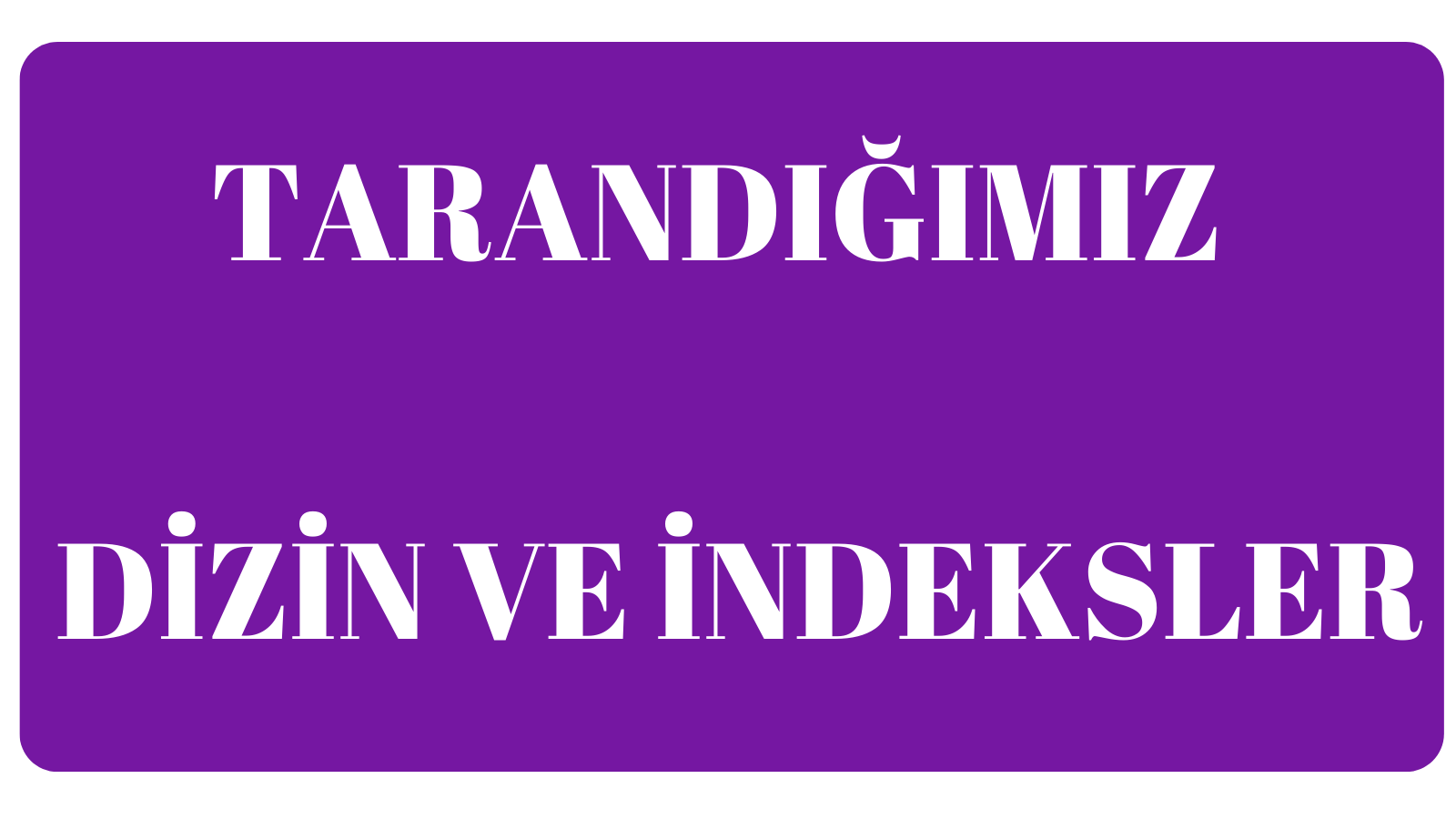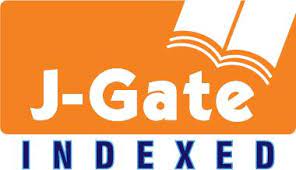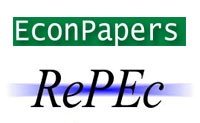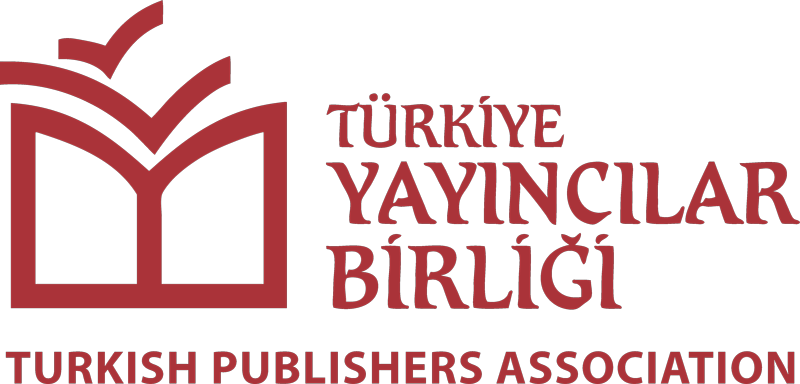Türkiye’de kamu açığı, para yaratılması ve enflasyon sorununun değerlendirilmesi: 2010-2020
DOI:
https://doi.org/10.55094/hoec.2177Anahtar Kelimeler:
Kamu Açığı- Para Yaratılması- Para Arzı- Enflasyon- Ekonomik BüyümeÖzet
Türkiye, 2010-2020 yılları arasında kamu açığı, para yaratılması ve enflasyon gibi ekonomik sorunlarla karşı karşıya kalmıştır. Kamu açığı, hükümetin gelirlerinin harcamalarından daha az olması sonucu ortaya çıkan bir durumdur. Türkiye’de kamu açığı, bu yıllar arasında sürekli yüksek seyretmiştir ve bu durum hükümetin borçlanma ihtiyacını artırmıştır. Para yaratılması ise, Merkez Bankası’nın para arzını artırması sonucu ortaya çıkan bir durumdur. Merkez Bankası’nın para arzını artırması sonucu ortaya çıkan para bolluğu, fiyatların yükselmesine ve vatandaşların satın alma gücünün azalmasına neden olmuştur. Türkiye’de son on yılda para arzı sürekli olarak artmıştır. Bu durum, Türkiye’de enflasyonu tetikleyen bir faktör olmuştur. Bu bulgulara yapılan literatür çalışması sonucunda varılmıştır. Sonuç olarak kamu açığı, para yaratılması ve enflasyon gibi ekonomik sorunlar birbirleriyle yakından ilişkilidir ve ekonomik büyümeyi olumsuz etkileyen faktörlerdir. Türkiye’nin bu sorunlarla mücadele etmek için politikalar geliştirmesi ve ekonomik reformlar yapması gerekmektedir.
İndirmeler
Referanslar
AKDİS, M . ( 2006), C ari Açık Kriz Habercisi mi?, http://makdis.pau.edu.tr/currentdeficit.htm, (Erişim Tarihi: 25.03.2023).
BLEJER, M. I.& CHEASTY, A. (1999), “Malî Açık Nasıl Ölçülür?”, Çeviren: Hüseyin ŞEN, Maliye Dergisi, Sayı:131, Ağustos.
CAGAN, P. (1979). Persistent Inflation : Historical and Political Essays. New York: Columbia University Press.
CEYLAN, O. (2014), https://piyasarehberi.org/ekonomi/64-enflasyon-turleri-nelerdir, (Erişim Tarihi: 08.04.2023)
DİNLER, Z. (2001) İktisada Giriş, 7. Bs., Bursa, Ekin Yayınevi.
DİNLER, Z. (2005), İktisada Giriş. Bursa: Ekin Yayınevi.
DİNLER, Z. (2013). İktisada Giriş (9. Baskı). Bursa: Ekin Kitapevi Yayınları.
EĞİLMEZ, Mahfi (2018), Para Arzı Nedir ve Nasıl Ölçülür?, https://www.mahfiegilmez.com/2018/07/para-arz-nedir-ve-nasl-olculur.html,(Erişim Tarihi: 29.03.2023).
EJDER, H. L. (2002), “Kamu Açıkları ile Enflasyon Arasındaki İlişkinin Analizi ve Değerlendirilmesi”, Gazi Üniversitesi İ.İ.B.F Dergisi, Cilt: 3, s. 189-208.
FRISCH, H. (1984). Theories of Inflation. Cambridge: Cambridge Surveys of Economic Literature.
FRY, M. J. (1997), Emancipating the Banking System and Developing Markets for Government Debt, Published by Routledge, London.
GURLEY, J.G.& SHAW, E.S. (1964), Money in a Theory of Finance, The Brook Ins.,Washington.
KÖKLÜ, A. (1988). Para Politikası. Bursa: Haşet Kitabevi.
ÖNDER, İ. & KİRMANOĞLU, H. (1996), “Kamu Açıklarının Tanımlanması, Ölçümü ve Etkileri”, Kamu Kesimi Finansman Açıkları, X. Türkiye Maliye Sempozyumu 14 - 18 Mayıs 1994, İÜ İktisat Fakültesi Maliye Araştırma Merkezi Yayın No. 554/80, İstanbul, s. 33 - 59.
SAUNDERS, P.& GILLIARD, J.V. (2000). A Framework For Teaching Basic Economic Concepts with Scope and Sequence Guidelines K-12. USA: National Council on Economic Education.
ŞEN, H., SAĞBAŞ, İ. & KESKİN, A. (2007), Bütçe Açıkları ve Açık Finansman Politikası, Teori ve Türkiye Uygulaması, Ankara.
TANZI, V.,BLEJER, M. I. &TEIJEIRO, M. 0. (1987), Inflation and The Measurement of Fiscal Deficits, IMF Staff Papers, Vol. 34, No. 4, December, s. 711-738.
TÜRK, İ. (2005). Maliye Politikası. Ankara: Turhan Kitapevi. TCMB İstatistik Genel Müdürlüğü, Parasal ve Finansal Veriler Müdürlüğü, https://evds2.tcmb.gov.tr/index.php?/evds/dashboard/311, (Erişim Tarihi: 10.04.2023).
Türkiye İstatistik Kurumu (TÜİK), https://www.tuik.gov.tr/, (Erişim Tarihi: 12.04.2023).
Türkiye Cumhuriyet Merkez Bankası (TCMB), https://www.tcmb.gov.tr/, (ErişimTarihi: 13.04.2023).
Türkiye İstatistik Kurumu (TÜİK), https://www.tuik.gov.tr/, (Erişim Tarihi: 14.04.2023).
ULUSOY, A. (2006), Maliye Politikası, Konya: Üçyol Kitapevi.
WRIGHTSMAN, D. (1971), An Introduction to Monetary and Policy, Pree Press, New York.
İndir
Yayınlanmış
Nasıl Atıf Yapılır
Sayı
Bölüm
Lisans
Telif Hakkı (c) 2023 Holistence Publications

Bu çalışma Creative Commons Attribution 4.0 International License ile lisanslanmıştır.
Yazarlar, makale Journal of Economics'te yayınlanmak üzere kabul edildiğinde .makalenin içeriğindeki tüm telif haklarını, Holistence Publications'a devrederler. Yazarlar, patent hakları gibi telif hakkı dışındaki tüm mülkiyet haklarını saklı tutar.
Bu makalede yazar olarak listelenen herkes çalışmaya önemli, doğrudan, entelektüel katkılar yapmış olmalı ve bunun için kamu sorumluluğu almalıdır.
Bu makale daha once yayınlanmamış ve başka dergilerde yayınlanmak üzere gönderilmemiştir.
















